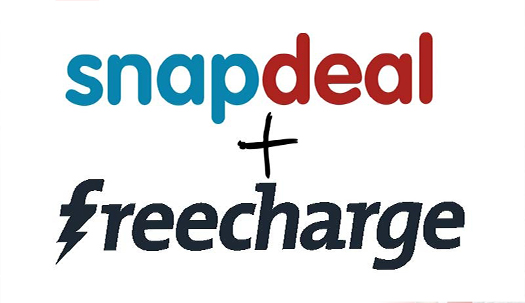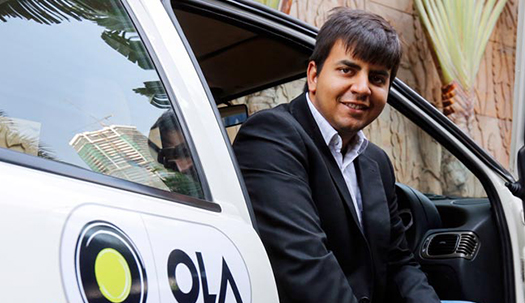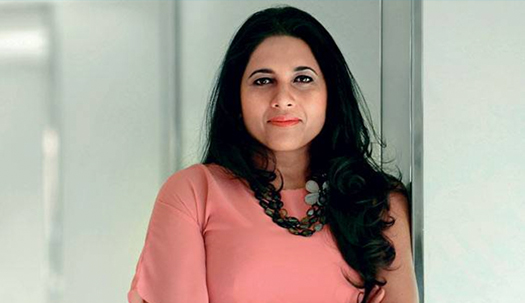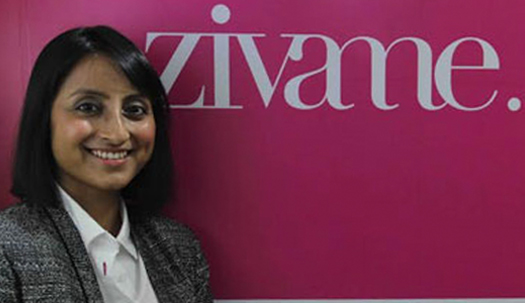Working at a management consultancy ‘Bain & Co.’ in New Delhi, Deepinder Goyal and Pankaj Chaddah decided to find a solution to those long hours at the company food court! With a test run of scanned menu on the company site, they decided to tap into this idea and not long after, ‘Foddiebay.com’ came into existence!
They slowly began conquering cities like Delhi, Mumbai and Kolkata. To avoid the clash with eBay, they came up with ‘Zomato’.
Due to the extensive utility of the platform and heavy traffic on the site, Deepinder and Pankaj thought of building a mobile application for the site, leading to the need for finances. Sanjeev Bikhchandani of Naukri.com, saw potential in this idea and decided to invest. In 2010, he provided a seed funding of US $ 1 million through his company ‘Info Edge (India)’.
As reported by Buzz.iloveindia.com for the next couple of rounds of funding, Zomato bagged in over US $ 6 million and by the end of 2010, Info Edge invested a whopping US $10 million giving them almost 50% stake in the company. Other investors in Zomato include Sequoia Capital, Vy Capital and Temasek.
The business model of the platform is based on the website bringing in most of the monetary benefits. With 62.5 million registered users, Zomato is a well connected platform for foodies from across the globe. Taking advantage of this huge database, one of the revenue streams comes from getting big restaurants to advertise on their site. They also generated revenue by tieing up with multiple food festivals/culinary events and selling exclusive tickets for the same. The company even solicit advice to clients, thereby adding it another revenue source to their business model.
With the growth of Zomato, the company has reached the second place in the list of top Indian startups of 2016. As reported by the CEO in Buzz.iloveindia.com, with the last round of funding, the networth of the company reached a total of US $ 660 million. International mergers with ‘Menu-mania’, ‘Lunchtime.cz’, ‘Uberspoon’ and ‘Obedovat.sk’ helped the company grow and make a name for themselves in the international market as well.












